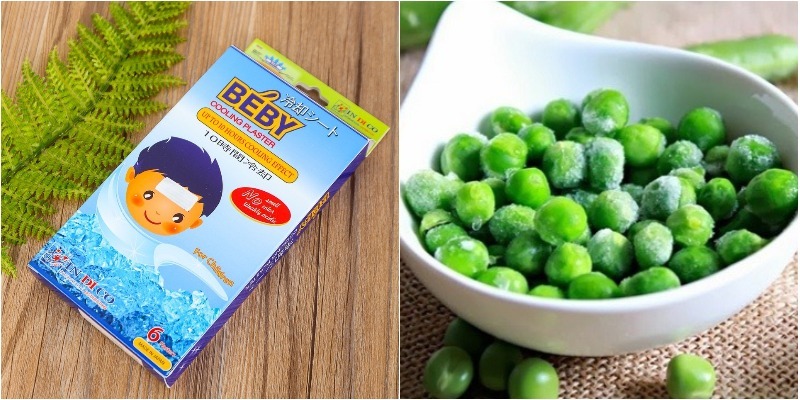1 Understanding Fever in Pregnant Women
Fever is a response of the body, indicating an underlying infection, as medical insights suggest. It is essential to recognize the diverse causes of fever, including bacterial and viral infections that enter the body through respiratory, digestive, or blood pathways.
 Understanding the Causes of Fever During Pregnancy
Understanding the Causes of Fever During Pregnancy
While a body temperature of 37.5 – 38 degrees Celsius is considered normal and unlikely to impact the fetus, a prolonged fever of 38 degrees Celsius and above can pose risks to both mother and child.
If a pregnant woman experiences a high fever that does not subside with home remedies, it is crucial to consult a doctor for examination and treatment.
2 Dietary Recommendations to Lower Fever
 Nutritional Tips to Help Lower Fever
Nutritional Tips to Help Lower Fever
– It is recommended that mothers consume 1.5 – 2 liters of water per day to prevent dehydration. Water also aids in detoxification and flushing out toxins.
– Opt for liquid foods such as soups, broths, noodles, and porridge, which are easily digestible.
– Include bone broths from pork, beef, or chicken to ensure sufficient nutrition for both mother and baby.
– Choose dishes with high antibacterial properties, like porridge with minced meat, perilla, and scallions. Avoid spicy foods.
– Drink fruit juices and consume vitamin C-rich foods like oranges and lemons to boost immunity.
– Notably, avoid eggs during this time as they are high in protein and may disrupt the body’s protein metabolism.
– Refrain from using honey as its warmth may have an adverse effect.
– If the fever persists beyond 24 hours despite these measures, consult a doctor instead of self-medicating.
3 Quick Tips to Reduce Fever for Pregnant Women
 Helpful Hints to Manage Fever
Helpful Hints to Manage Fever
Dress Appropriately
Pregnant women should wear comfortable clothing that is not too tight or too loose and is suitable for the ambient temperature. Opt for breathable fabrics to promote healthy blood circulation.
Create a Comfortable Environment
To aid in reducing fever, ensure the pregnant woman rests in a well-ventilated area with cool, fresh air, and wears loose, comfortable clothing.
Take a Warm Bath or Use a Warm Compress
Warm baths or compresses can effectively lower body temperature. Focus on areas such as the neck, chest, armpits, and groin until the temperature drops to around 37.5 degrees Celsius.
Apply a Forehead Compress
Soak a clean cloth in warm water and apply it to the forehead. The warmth will help disperse body heat and safely reduce the fever, but proper technique is essential.
Get Plenty of Rest
Prioritize rest, nutritious meals, and adequate sleep (around 8 hours). Try to relax your body and mind, lie down whenever possible, and minimize physical activity.
4 Frequently Asked Questions About Fever Reduction for Pregnant Women
Can Pregnant Women Use Fever-Reducing Patches?
Pregnant women can use fever-reducing patches purchased from pharmacies. Consult the pharmacist to find a suitable option for expectant mothers. When using these patches, ensure they remain intact and are not cut into smaller pieces. Keep them out of the reach of children.
As an alternative, you can freeze a bag of peas or chopped vegetables and use it as a compress for the pregnant woman. However, avoid direct contact with the skin to prevent frostbite. Instead, wrap the frozen bag in a thin cloth before applying it.

Should Pregnant Women Take Fever-Reducing Medication?
While it is possible to use fever-reducing medication during pregnancy, it should be done under medical supervision. Commonly used fever-reducing drugs include Paracetamol, Aspirin, and Ibuprofen. Paracetamol is generally considered the safest option for pregnant women, with a typical dosage of 500mg per tablet, taken when the fever reaches 38.5 degrees Celsius or higher.






























